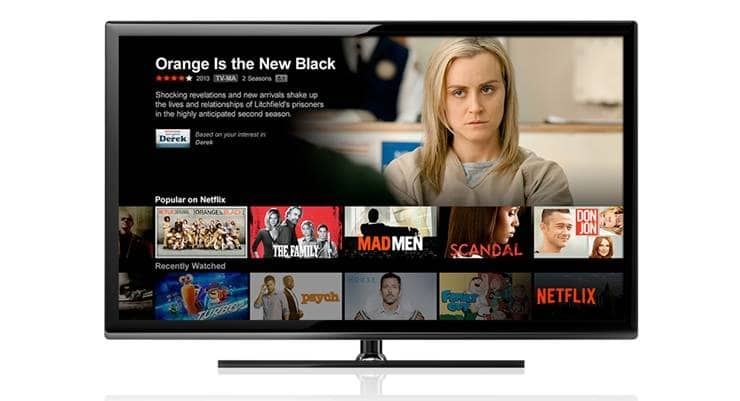According to ABI Research, user-generated content (UGC) is expected to make up 23% of total online video market by 2019. The segment is expected to see revenues growing to US$13 billion by 2019 with a CAGR of 18.5% while the overall online video market is expected to reach USD$56 billion by 2019 with a CAGR of 23.1%. The findings were published in ABI Research's report OTT and Multiscreen Services Market Research.
UGC typically refers to short-form videos of less than 10 minutes, whose production increased phenomenally in the last 5 years due to the popularity of crowd-sourced video platforms such as Youtube and Dailymotion. The widespread use of these over-the-top(OTT) applications that can be accessed by anyone with connection to the internet and that allow easy installation, uploading and online editing saw millions of users producing home-made video content for sharing information and socializing over the Internet. At the same time, video viewing, recording and editing capabilities introduced on smartphones enabled anyone with these devices to participate in the online short form video space.
The robustness of these platforms coupled with the increasing number of value added services (advanced editing, channel creation, branding, tracking, video linking etc) provided on them also gave birth to another trend that has become mainstream today - businesses have started leveraging these OTT platforms to drive their promotional activities. Whether it is an upcoming movie or a music album, or a launch of a new car model or an end-of-year sale by a clothing line, businesses find that a video of 3-4 minutes can be a powerful medium to deliver their message, drive user engagement and generate more responses on their call-to-action. This saw many well-known brands uploading engaging video advertisements and also small chunks of premium content (teasers, previews), and with the tagging and linking enabled on these OTT video platforms, create rich channels that boast hundreds of short videos that can be accessed on any device, including PCs, laptops, connected home TV sets and even on connected in-vehicle infotainment screens.
According to ABI Research, although UGC will continue growing at a very rapid pace and so will the crowd-source platforms that provide these services for free in exchange for, say, a 30 second video ad viewing (served on popular videos), the bigger segment within the online video market is the segment served by the likes of Netflix, Hulu or VUDU. These OTT channels which can also be accessed by anyone with internet connection, offer premium content (full lenght movies and TV shows) on a wide range of subscription models - from a full channel subscription to per-content purchases. Netflix in particular has become a household name for online video streaming, and is expanding rapidly beyond the US to a total of more than 50 million subscribers globally*.
For service providers, the fact that IP video will be making up close to 80% of the traffic they will handle on their IP networks by 2019, presents a great case for them to establish a stronger presence in the video market. IPTV services aside, mobile operators are partnering with the likes of Netflix to offer digital content on their mobile data packages. At the same time, the strong uptrend in the UGC also bodes more opportunities in the mobile video space - especially if operators are introducing their own content sharing applications via cloud-based content sharing platforms that can drive operators' revenues, specifically mobile advertisement revenues.
*as at July 2014, source: Wikipedia
ABI Research Practice Director, Sam Rosen
As the overall online video market evolves we anticipate the value for short-form video will rise in kind. Multi-channel networks (MCNs) that work with content contributors and advertising agencies targeting services like YouTube are finding suitors and partners among some of the largest industry players in video. While much of this is linked to preparations for the future, these are aggressive steps forward that could help define the what, how, when, and where we watch content.
ABI Research Senior Analyst, Michael Inouye
Subscription services such as Netflix continue to headline the market, but EST in North America is starting to gain momentum. While initiatives like UltraViolet continue to make progress many still view the market from a service-centric point of view, leaving opportunities for companies to try differentiation strategies to win consumers. The landscape for video is shifting, but so far it continues to move at a steady pace, rather than in seismic shifts.




















